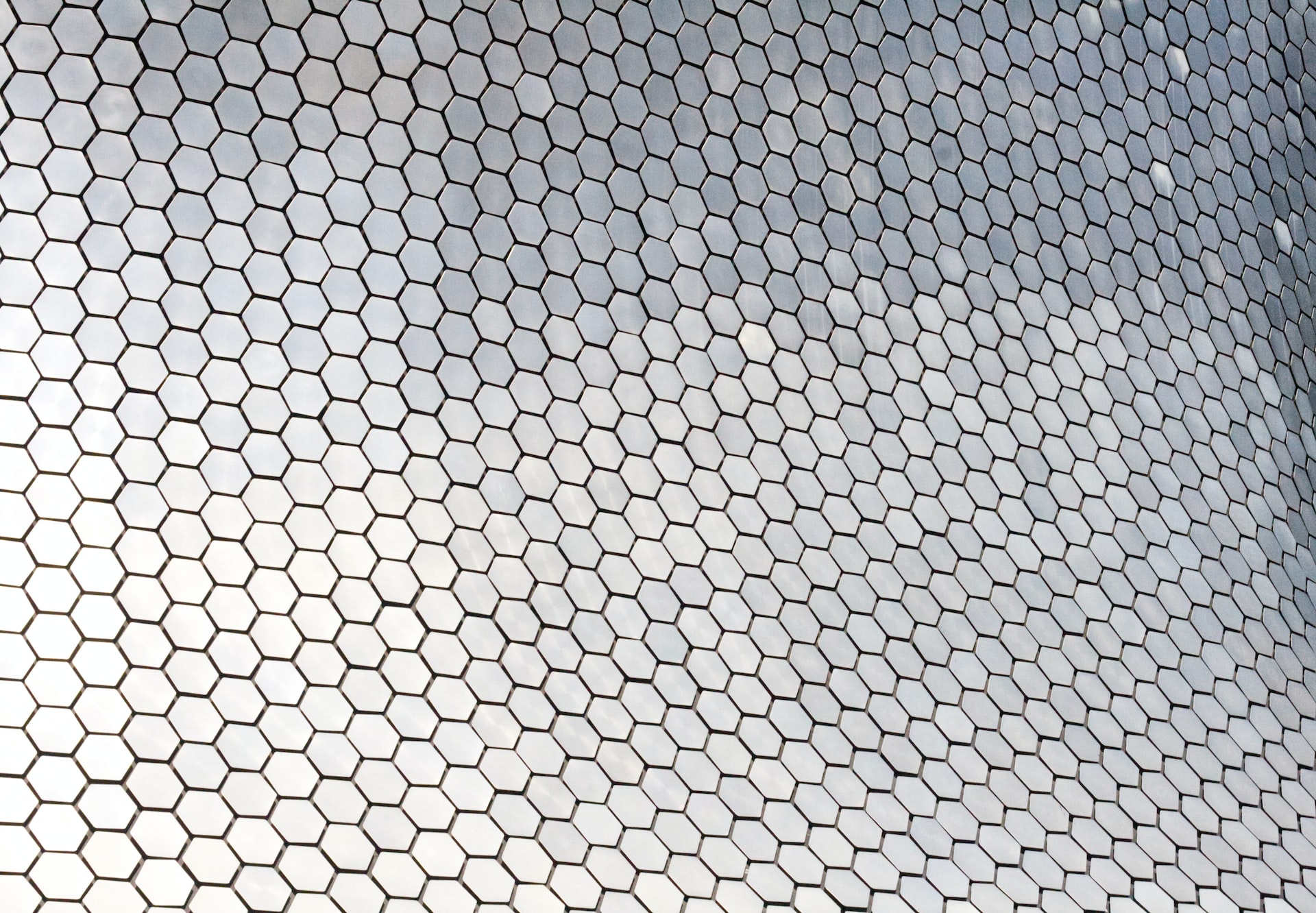The Meaning Of Material Durability
The term “durability” refers to the capacity of something to resist deterioration. This ability is what keeps something working or holding together. Something also can withstand impact or chemical attack. It is a property that can be improved by design. This article will discuss some products and materials with high durability.
Durability is the ability to resist deterioration.
Durability refers to the ability of a material to withstand changes in its environment, such as temperature and humidity. It can also refer to its ability to resist unexpected or unforeseen maintenance. Materials can resist deterioration using various methods, such as oxidation, weathering, and squeezing.
Durability is a vital property in construction. Durable constructions last longer and have lower maintenance costs. They also have a lower environmental impact. Concrete is one example of a long-lasting material, as it is resistant to weathering action, abrasion, and chemical attack. However, the durability of a concrete material varies from type to type and is determined by its ingredients, curing practices, and exposure to various environmental conditions.
Testing for durability can help designers ensure the quality of their products. Testing can determine a material’s resistance to various vulnerabilities, such as water permeability, chloride permeability, and surface absorption. Testing can also help determine how long a material will remain functional. For more information, visit sites such as https://www.lycra.com/en/business/search-technologies/lycra-black-technology
It is the strength that keeps something working or holding it together.
Using durable materials will reduce waste and repair costs and ensure the functionality of something for a long time. In simple terms, durability is the capacity of something to continue working or holding together over time. The term is also used to describe the ability of something to withstand a particular environment and not undergo significant deterioration.
Various tests are used to measure material durability. For example, the Wyzenbeek Test is considered the North American standard for fabric durability. It measures durability using the “double rub” method, which involves rubbing a cotton duck fabric arm repeatedly against a fabric to be tested. This procedure simulates the wear and tear of sitting on a chair in your jeans and standing up again.
It is resistance to impact.
Material durability is the ability to withstand a high level of impact without breaking. Impact resistance is a measure of the energy required to break the sample, and it is sensitive to flaws such as filler particles, pigment particles, and agglomerations. A test’s impact resistance can be measured in two ways: unnotched and notched. Unnotched impact resistance measures the energy required to break the sample and form a crack. A notch does not occur in real life, so the impact resistance for an unnotched piece is orders of magnitude higher than the impact resistance of an incision.
The impact resistance of mortars is affected by their compressive strength and deformability. Both of these properties can be affected by aging, which can decrease the durability of mortars. Previous research on mortars incorporating FBA, sanitary ware waste, and textile fibers has evaluated their impact resistance.
It is resistant to chemical attacks.
Chemical resistance is an essential aspect of material durability. A material with high chemical resistance will withstand various chemical attacks. It is also less likely to corrode. This property is vital for many applications because water and corrosive chemicals can weaken many materials. Chemically resistant materials can improve the efficiency of industries and decrease the need for replacement parts. They are also more cost-effective.
Chemical resistance is the strength of a material’s ability to withstand a chemical attack or solvent reaction. It is the opposite of chemical reactivity and determines the materials’ resistance to corrosive environments. A chemical resistance chart shows the relative chemical resistance of different materials. Thermoplastics, for example, are resistant to a wide range of chemicals. These properties make them suitable for many industrial processes.
A chemical attack can come from several sources, including adjacent equipment or insulated process systems. Corrosive acids may leak through tanks or piping systems. Organic solvents can also cause problems. Luckily, many surface treatments can minimize the number of aggressive substances that come in contact with a material.

